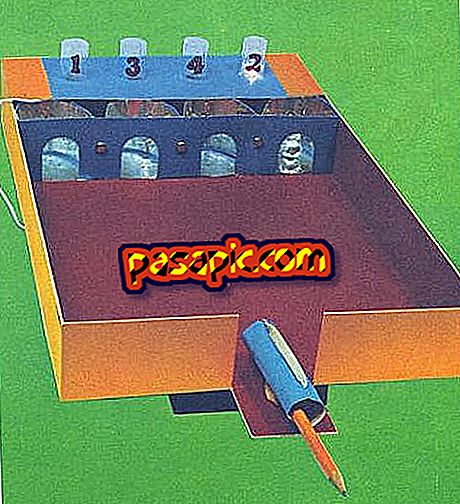How to solve a first degree equation

An equation is an equality between two algebraic expressions, called members, in which known values or data appear, and unknown or unknowns, related by mathematical operations. It is said that an equation is of the first degree when the variable (x) is not raised to any power, that is, its exponent is 1. Next, in step by step we explain how to solve a first degree equation in a simple way.
You will need to:- Pencil
- Paper
one
To solve the equation, group the numbers on one side of the symbol = all the terms that have the unknown (x) and join all the terms that do not have (x) on the other.
To make this transposition the signs that go before each number change. Thus, the one who is adding on one side passes on the other subtracting and vice versa; and the one who is multiplying on one side passes on to the other dividing. Example:
- Equation: 4x + 1 = 2x + 7
- Transposition: 4x - 2x = 7 - 1
two
Solve separately the operations of each side of the equals. That is, to solve the first degree equation, you must formulate the operations until you leave a number on each side of the equation.
- Equation: 4x - 2x = 7 - 1
- Result: 2x = 6
3
Finally, to solve the first degree equation, the number that is multiplying to the x passes to divide the value of the other side of the equal, in our case:
- Equation: 2x = 6
- Result x = 6/2
- x = 3
- It is interesting that to solve a first degree equation you have a pencil and a paper nearby.


